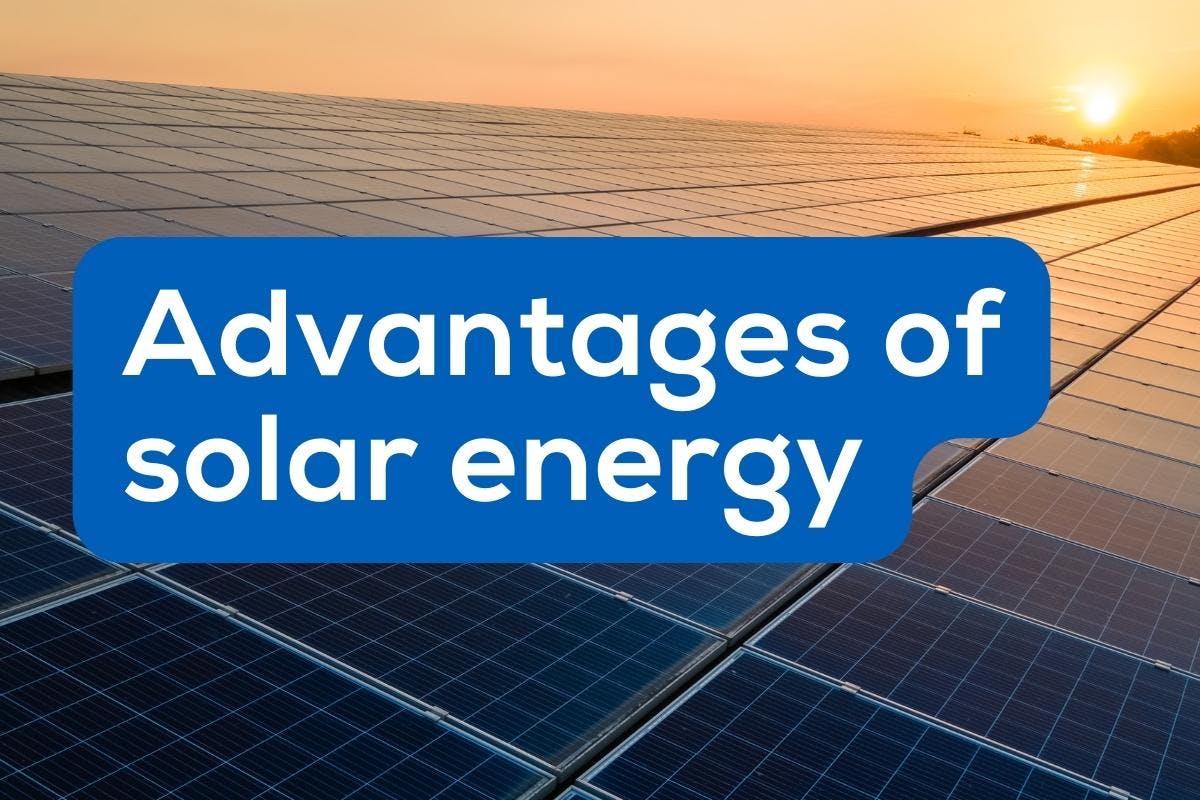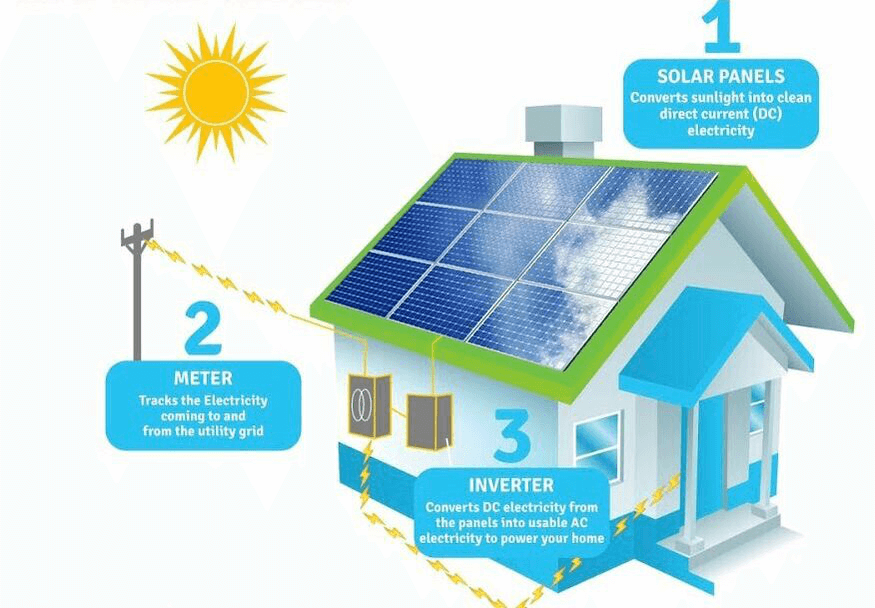Solar Energy 101: A Novice's Guide to Sustainable Power Solutions
As the world progressively moves towards lasting energy services, understanding the principles of solar power comes to be crucial for both individuals and businesses. This overview offers a comprehensive overview of solar power, outlining the various systems readily available and the systems behind their procedure. By checking out the benefits of solar innovation, along with the monetary incentives and setup procedures, one can get a more clear point of view on exactly how to efficiently incorporate this renewable energy into their energy strategy. The trip towards taking on solar energy invites more exam of the challenges and considerations that come with it.
Comprehending Solar Power
At its core, recognizing solar power entails grasping the essential principles of exactly how sunlight can be exchanged usable electricity. Solar energy is obtained from the sun's radiation, which can be taken advantage of with different modern technologies. The key device for this conversion is the photovoltaic or pv effect. This phenomenon occurs when sunshine strikes semiconductor products, usually silicon-based, within solar batteries. The power from the sunshine delights electrons in the semiconductor, enabling them to stream easily and generate straight existing (DC) power.

Recognizing solar power likewise involves recognizing its ecological advantages. By utilizing sunlight, we can alleviate greenhouse gas discharges and lower air pollution, adding to an extra sustainable future. The innovations in modern technology and performance of planetary systems remain to enhance their viability, making solar power an increasingly attractive choice for worldwide energy requirements.
Sorts Of Solar Energy Systems
Numerous kinds of solar power systems are generally utilized to harness solar energy for electrical power generation. The key classifications include photovoltaic or pv (PV) systems, concentrating solar energy (CSP) systems, and solar thermal systems.
Solar systems make use of solar panels made up of silicon cells that convert sunshine straight into power. These systems are flexible and can be set up on rooftops, ground installs, or incorporated into structure materials.
Focusing Solar energy systems, on the various other hand, use mirrors or lenses to focus sunshine onto a little location, generating warm that drives a steam generator to create power - Simply Solar Illinois. CSP systems are commonly deployed in massive nuclear power plant and need straight sunlight, making them less ideal for cloudy regions

Each kind of solar power system has its distinct characteristics, applications, and suitability depending on geographical location, power needs, and spending plan, making it necessary to assess alternatives based upon specific conditions. - Simply Solar Illinois

Benefits of Solar Power
Utilizing solar power via various systems not only offers a sustainable means to create power but additionally provides a wide variety of benefits. One of one of the most substantial benefits is the reduction in greenhouse gas discharges, adding to a cleaner environment and combating environment modification. Solar energy is renewable, suggesting it is endless and readily available as long additional resources as the sunlight shines, unlike nonrenewable fuel sources, which are limited and depleting.
Moreover, solar power can result in substantial cost financial savings gradually. Property owners and businesses can lower their electrical power bills dramatically, and in numerous cases, they might earn debts for excess energy generated with net metering. In addition, the solar market creates work, from manufacturing to installment, stimulating regional economies.
An additional compelling advantage is energy freedom. By generating their very own electricity, individuals and areas can decrease dependence on external energy resources, enhancing durability versus varying power rates and supply interruptions. Furthermore, solar power systems call for minimal maintenance, making them a practical alternative for sustainable energy generation.
Installation Process Introduction
The installment procedure for solar energy systems typically involves a number of key actions that make sure reliable assimilation into a building. A thorough site evaluation is performed to review the roof's orientation, shading, and structural integrity, which are crucial to optimizing solar panel performance. Following this assessment, the design stage starts, where a customized solar power system is set up based upon the home owner's power demands and choices.
When the style is completed, the required permits and approvals are gotten from neighborhood authorities, making certain conformity with guidelines. The actual installation entails placing the photovoltaic panels on the roofing system or ground, connecting them to an inverter, and integrating the system with the home's electrical arrangement. This stage may also entail setting up battery storage systems, depending on the layout.
After setup, an extensive evaluation is conducted to validate the system's functionality and safety and security. Lastly, the system is appointed, and homeowners are enlightened on its operation and upkeep. With the setup complete, the solar power system can begin producing renewable resource, adding to sustainability and minimizing energy expenses. This organized approach makes certain that solar systems are both reliable and reputable, optimizing their long-lasting benefits.
Financial Rewards and Financial Savings
Exploring the monetary motivations and savings connected with solar power systems can substantially improve the allure of making the switch to renewable resource. Various motivations exist at federal, state, and neighborhood levels, developed to minimize the first costs related to solar setup. Among one of the most noteworthy rewards is the government solar tax obligation credit, which allows property owners to deduct a portion of their planetary system installment prices from their government tax obligations. Since 2023, this credit scores stands at 30%, offering considerable cost savings.
In addition to tax credit scores, several states use rebates see this website that can further lower ahead of time costs. Some utility companies additionally give performance-based rewards, satisfying solar energy production with time. Funding choices, such see this here as solar fundings and leases, allow customers to set up systems with little to no down settlement, making solar power a lot more available.

Additionally, solar systems can boost building worths, giving a strong return on financial investment. Generally, the combination of rewards and savings makes solar energy a financially appealing option for numerous homes.
Conclusion
In conclusion, solar power stands for a crucial element of lasting energy remedies, supplying a pathway toward reduced carbon impacts and boosted environmental defense. Ultimately, the change to solar energy not just cultivates environmental duty but additionally promotes financial financial savings and power freedom.